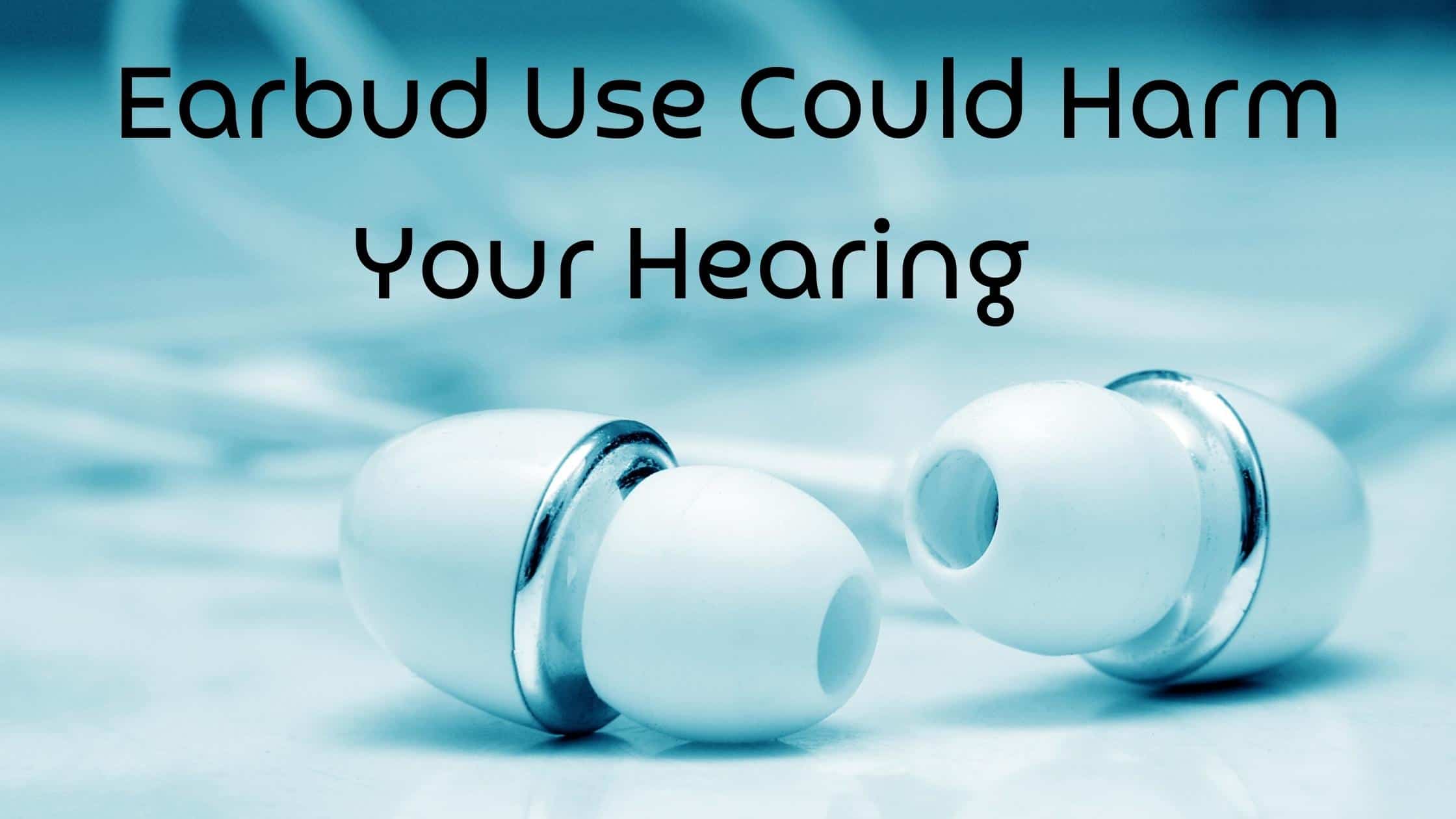We all know that hearing loss can affect us in our later years. After decades of exposure to everyday sound and noise, it comes as no surprise that the tiny, sensitive, hairlike organelles of the inner ear called stereocilia can be broken, bent, or otherwise damaged. Whether due to the natural aging process or exposure to noise in the workplace or other parts of life, the very sensitivity that makes the hearing process possible also makes them vulnerable to damage.
Did you know, however, that this well-known process is not the only way that hearing damage can occur? Indeed, a lifetime of sound exposure is one way to look at the problem, but targeted high-volume experiences in the short-term can cause damage as well. We have a hidden risk lurking right in our pockets in the form of earbuds.
These devices are designed to do precisely that—project sound directly into the ear canal that is loud enough to simulate the experience of being at a concert. With that ability in mind, it should also come as no surprise that damage can result from these tiny units. Let’s consider the relationship between volume and duration when it comes to hearing damage, leading us to better understand how earbuds can pose a threat.
Earbuds and Hearing Damage
When you project sound into your ear canal, others in your vicinity will not be likely to know just how loud it is. Earbuds pose precisely this dimension of risk, in that you do not have a frame of reference for how loud the sound has become. At maximum volume, smartphones can play music or sound up to 115 decibels, loud enough to damage your hearing in a matter of minutes.
European hearing protection standards have mandated software that sets a volume maximum at 100 decibels, but the United States has not followed these protocols. For this reason, it is altogether possible to cause unrealized damage in a brief amount of time. One of the particular risks of earbuds is using them in already-loud environments.
When you try to compete for the ability to hear your music above the surrounding sound of a train, for example, you are not only hearing the sound of your music. The background sound can make you turn up your device to a dangerously loud level. If you have ever put in your earbuds at home after a commute home, you might have noticed that the volume now seems to be uncomfortably loud. Indeed, your ears are experiencing that discomfort, as well.
Protecting Your Hearing
Although earbuds pose this risk, there are ways to protect your hearing while using earbuds. An important consideration when it comes to hearing loss is that a combination of volume and duration leads to risk. Only in the case of a severely loud blast will your hearing be damaged through a moment of exposure. The risk gets greater with time, meaning that even a tolerable noise can become risky when the exposure lasts too long.
If you are wearing earbuds, you need to remain cognizant not only at the total volume setting but also the duration of use. You might be able to turn on the volume briefly on a video to a relatively high level if you only use your earbuds for a few seconds. However, if you ever find yourself using earbuds to listen to an entire feature-length film, you need to be cautious about the volume setting. Approximately 60-70% of the maximum volume is a good rule of thumb for your smartphone, but be sure to check your device for its volume readout. Laptops, tablets, and smartphones each have their own volume profile, and you will need to keep that in mind to protect your hearing.
If you are concerned about your hearing health while using earbuds, try playing the audio acoustically as much as possible. You will be more likely to notice a very loud volume when there are other people around to hear it as well. Apps are available for smartphones and other devices to help you monitor your volume use, as well as the amount of time you spend with your devices in general.
To ensure you are hearing at your best, it is important to take an annual hearing test, especially in this day and age of portable devices and earbuds. Contact us today to schedule a consultation and to learn more about healthy hearing practices!

